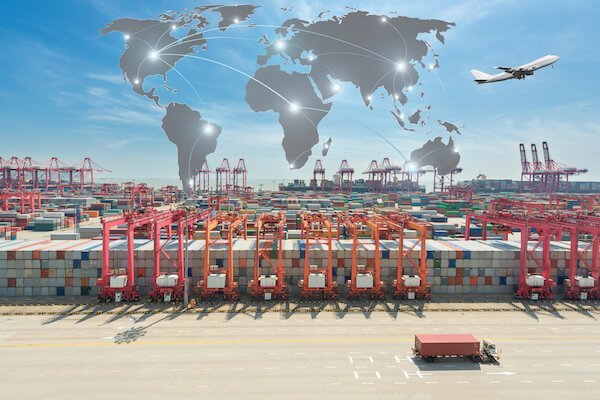For small and medium-sized businesses, exporting products poses unique challenges. Restrictions of cash flow may occur between the time you make an upfront payment to a supplier for a product and the time you receive payment from a buyer for that same product. This process can often take three months or more, given the slowness of international shipping, as well as customers’ 30-day or longer payment terms. In addition, if you’re dealing with an unfamiliar customer in a foreign country, you may not have the resources to verify their creditworthiness. Unpredictable foreign exchange rates can create still more risk for exporters.
Fortunately, there are several financing options and service providers that help growing export businesses reduce financial strain and uncertainty:
Trade Financing
This type of financing is also known as “purchase order financing,” because it is based on confirmed POs. Once you show the lender a customer’s written PO, it pays your supplier for the ordered goods (including shipping costs) on your behalf. You need only pay back the lender when you receive payment for the goods from the customer.
You can finance part or all of the costs related to fulfilling the PO and expect to pay the lender a rate between 1.8% and 6% each month. It usually takes a week or two for trade financing to be funded, so you’ll want to figure this waiting period into your cash flow predictions. To qualify for trade financing, you must be reselling nonperishable, finished products (not raw materials or parts that require assembly) that can be shipped to the customer without delay.
Stock Financing

Stock financing differs from trade financing in that it is not tied to specific, confirmed customer orders. Instead, the lender’s money is used to purchase goods that will remain in the exporter’s warehouse, awaiting future customer orders. Many domestic and cross-border trading companies rely on this type of lending. It is particularly helpful to businesses selling products on international online marketplaces.
Invoice Factoring
Also referred to as “accounts receivable factoring” or “debt factoring,” this type of financing enables the exporter to receive funds from the lender as soon as a customer’s invoice is generated. There’s no need to wait the typical 30, 60, or 90 days for the customer to pay. Lenders usually advance up to 80 percent of the invoice’s value and then pay the remainder, less their fee (1-4% depending on the size of the transaction), once the invoice gets paid.
You can choose to finance all your invoices or, if allowed by the lender, just one at a time. Even if you don’t have perfect credit, you could still qualify for this type of lending, because it is based on the creditworthiness of your customer. For that same reason, however, invoice factoring may not be available for your customer’s country if it’s deemed high-risk or unstable.
Letter of Credit
A letter of credit offers protection to businesses that export goods to developing countries or to customers with unknown credit histories. It is a guarantee of payment made by the customer’s bank to the exporter. The customer pays the guarantee fee, which is typically .75% of what’s owed (or higher in riskier countries), so there’s no economic downside for the exporter. A letter of credit can usually be obtained within a few days, and a bill of lading usually suffices for documenting that you held up your end of the bargain. Anytime you’re dealing with new trade partners, it’s a good idea to request a letter of credit, either for one-off sales or for an ongoing relationship.
Currency Specialists
If you need to pay suppliers in a foreign currency, then it’s important to protect yourself from exchange rate risk. The value of a currency is constantly changing, which means that picking a time when the rate is most favorable to you can be an overwhelming prospect. Currency specialists can buffer you from volatile or unfavorable exchange rates through products like limit orders and forward contracts, as well as international money transfers that are cheaper than banks.
With all of these services designed to keep your cash flowing, your export business can grow a little faster. And you can breathe a little easier.








